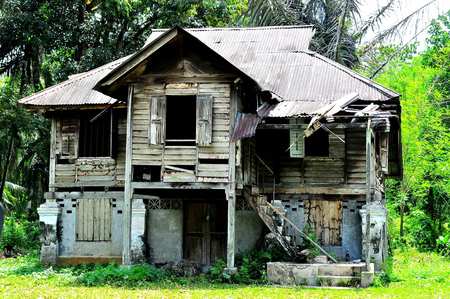
Have you just closed on the purchase of your first home? If so, then a congratulations is in order! After years of dreaming and planning for what it would be like to finally have your very own home the dream has become a reality. You can now claim your own little piece of heaven!
You’ve tried to be very careful and diligent in the planning phase while trying to take all relevant factors into consideration so that there aren’t any bad surprises. You’ve worked the numbers over and over again (mortgage rates, property tax rates, depreciation, etc.) while doing your best to gain a realistic view of how much of a home you can afford.
The intent here is not to burst your bubble, however, hopefully we can shed some light on factors that have the potential of turning that home ownership process into a difficulty. When purchasing a home there are more expenses that need to be taken into account in the homeownership process than just the property costs. The bottom line is that your expectations should be as realistic as possible so as to minimize the extent of any hidden costs.
Whether expectations are realistic or not depends to a large extent on whether you purchased a new home or a used home/fixer upper. The category of your home will impose differing degrees of risk in regards to hidden costs.
New homes are essentially “hidden cost risk free” from the point of view that they are typically sold with a warranty. New home warranties are usually one year in duration. If you want to go the extra mile and really be protected then you might want to consider investing in an extended warranty program that will provide coverage beyond the standard one year term.
Used homes and fixer-uppers are substantially more prone to costly hidden costs because of their age and wear and tear. Warranties are especially a good idea, a necessity many would argue, because of the effect of depreciation on almost all major systems in the home’s construction. A house inspection by a licensed inspector is imperative prior to making the purchase. It’s recommended that when house hunting you compare the age of the prospective dream home with the following chart of useful lives.
Here’s what the National Association of Home Builders estimates as the life span for various housing components.
As noted in Dallas News, the cost of repairing, replacing, and maintaining any of the following items could represent hidden costs of homeownership for used homes and fixer-uppers:
-
Roof: Typically 20 to 30 years, depending on material, although slate, copper, clay or concrete roofs have an expected life span of more than 50 years.
-
Flooring: Carpets last eight to 10 years, linoleum 25, vinyl up to 50; wood, marble, slate and granite can last 100 years.
-
Decks: About 20 years “under ideal conditions.”
Consumer Reports, meanwhile, says to expect the following life spans:
-
Oil furnace: 20 years.
-
Gas furnace: 18 years.
-
Electric furnace: 15 years.
-
Central air conditioner: 15 years.
-
Gas range: 15 years.
-
Electric range: 13 years.
-
Refrigerator: 13 years.
-
Dryer: 13 years.
-
Freezer: 11 years.
-
Washing machine: 10 years.
-
Dishwasher: 9 years.
When it comes to fixer-uppers, the homeowner is often enamored by the expectation that fixing the place up will be a fun family project that will yield the family more profit than would otherwise be had. This popular idea could easily lull the homeowner into the trap of believing that they can afford to buy a more expensive home in the first place because, so they think, they will be making more money by going the fixer-upper route. What is somewhat unrealistic about this approach is the fact that eventually the “fun family project” will turn into a drag. Rather than it being a labor of love it has become a chain wrapped around the homeowner’s neck. Eventually, the homeowner will get sick and tired of having to spend weekends and holidays working on their fixer upper project.
A more realistic approach with the fixer-upper scenario is to plan to have someone else, a construction contractor for instance, do some or all of the work. While following this approach, budgets need to be kept up to date so that they reflect the cash flow assumptions that go along with having someone other than the homeowner do the work. The bottom line is this: the least expensive approach may be the one that requires a greater amount of cash out/debt incurred.
Image courtesy of ‘whologwhy’ @ flickr
